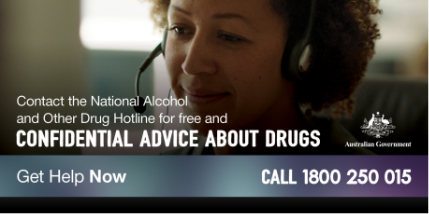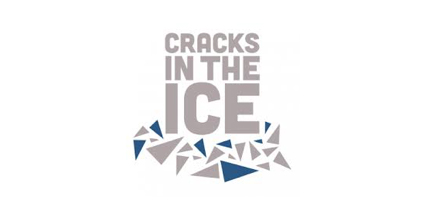About Fentanyl
Fentanyl is a highly potent synthetic opioid, available in Australia as a restricted medicine (Schedule 8) for anaesthesia and the treatment of pain. It comes in sublingual, nasal, transdermal and injectable forms.
Illicitly manufactured fentanyl and its analogues (such as carfentanil and acetyl fentanyl) have been detected on the Australian market.
Fentanyl is sometimes mixed with other illicit drugs to increase their potency. Its toxic effect on the nervous system is 100 times that of morphine.
Fentanyl related overdoses are increasing in Australia, with fentanyl-overdose related fataities increasing nine-fold since 20001.
Overdoses involving fentanyl and its analogues resulting from substances sold as heroin and stimulants such as methamphetamine and cocaine are emerging in Australia2,3.
International studies show that many people who have survived fentanyl overdose were unaware that they ever took the drug4.
Understanding the common risks with any drug taking, following harm reduction measures and knowing how to respond to an opioid overdose can reduce risk and save lives.






